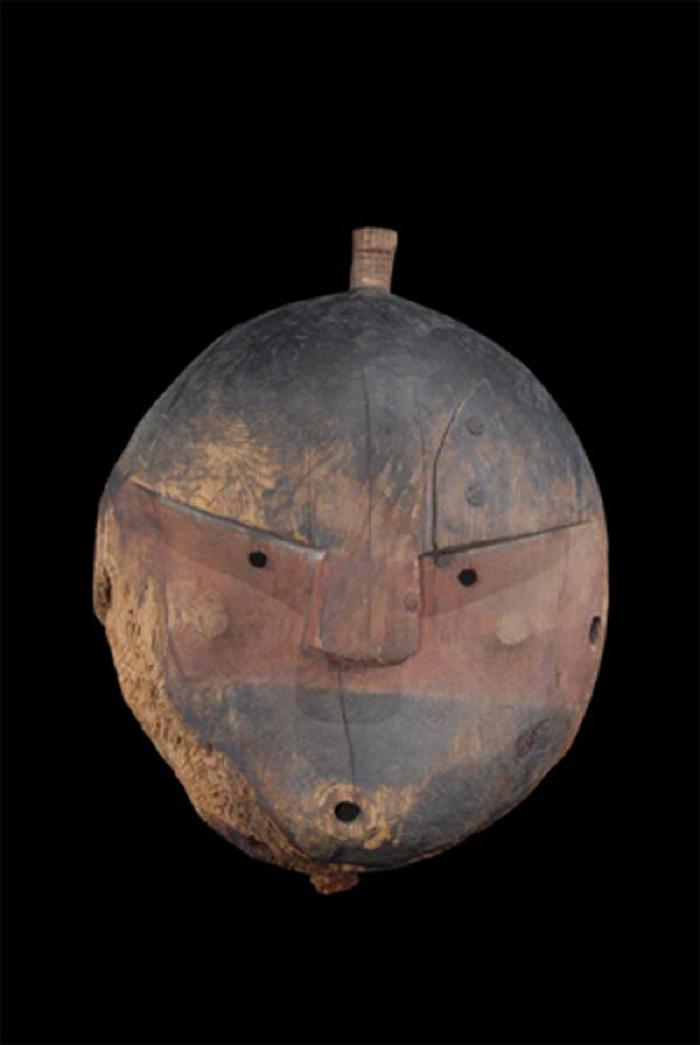Round — Akarngaluni

In the Alutiiq language the suffix -sqaq, meaning “thing,” can be added to an intransitive verb to create a noun. For example, add -sqaq to akagngaluni, a verb meaning “to be round,” and you get akagngasqaq, “a thing that is round.”
To Alutiiq people, the circle is a meaningful shape. Like their neighbors the Yup’ik people, Alutiiq people believe the universe is round, with distinct circular layers. The circle may also represent the annual movement of a community around a central village to which they returned each winter. Within this world, circles, or holes, formed passageways from one layer of the world into the next.
Archaeological data suggest that this circular concept of the universe is ancient. Artifacts with concentric circle designs appear in sites up to about 2,700 years old. More than two thousand years ago, Kodiak sea mammal hunters decorated their harpoons with a circular motif common from the western Gulf of Alaska to the Bering Sea. They also carved sets of concentric circles in some coal labrets, pieces of jewelry that were worn in the face. In later times, circular designs appear as bands of embroidery on baskets and clothing, in paintings on wooden implements, and as the hoops that surround ceremonial masks.
